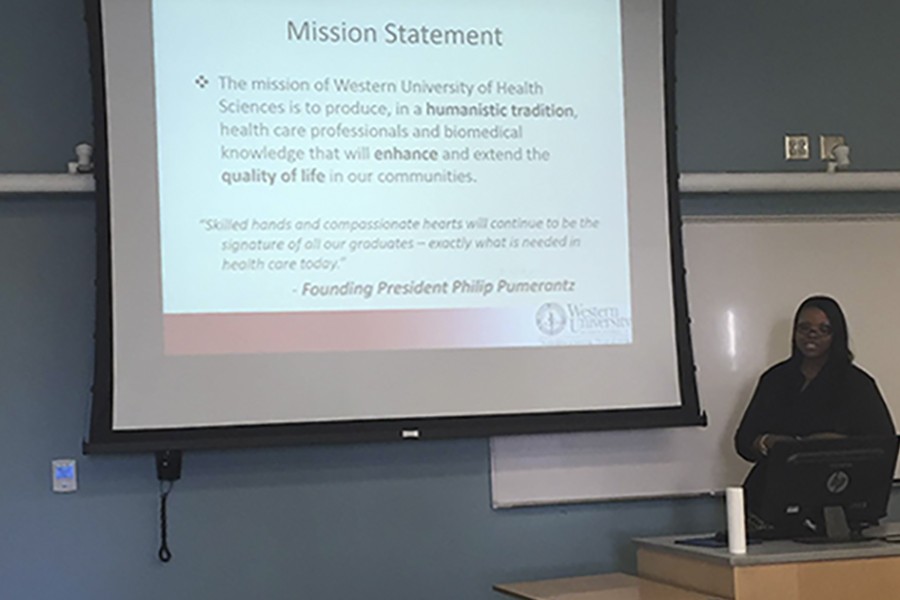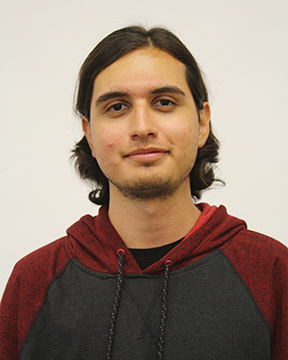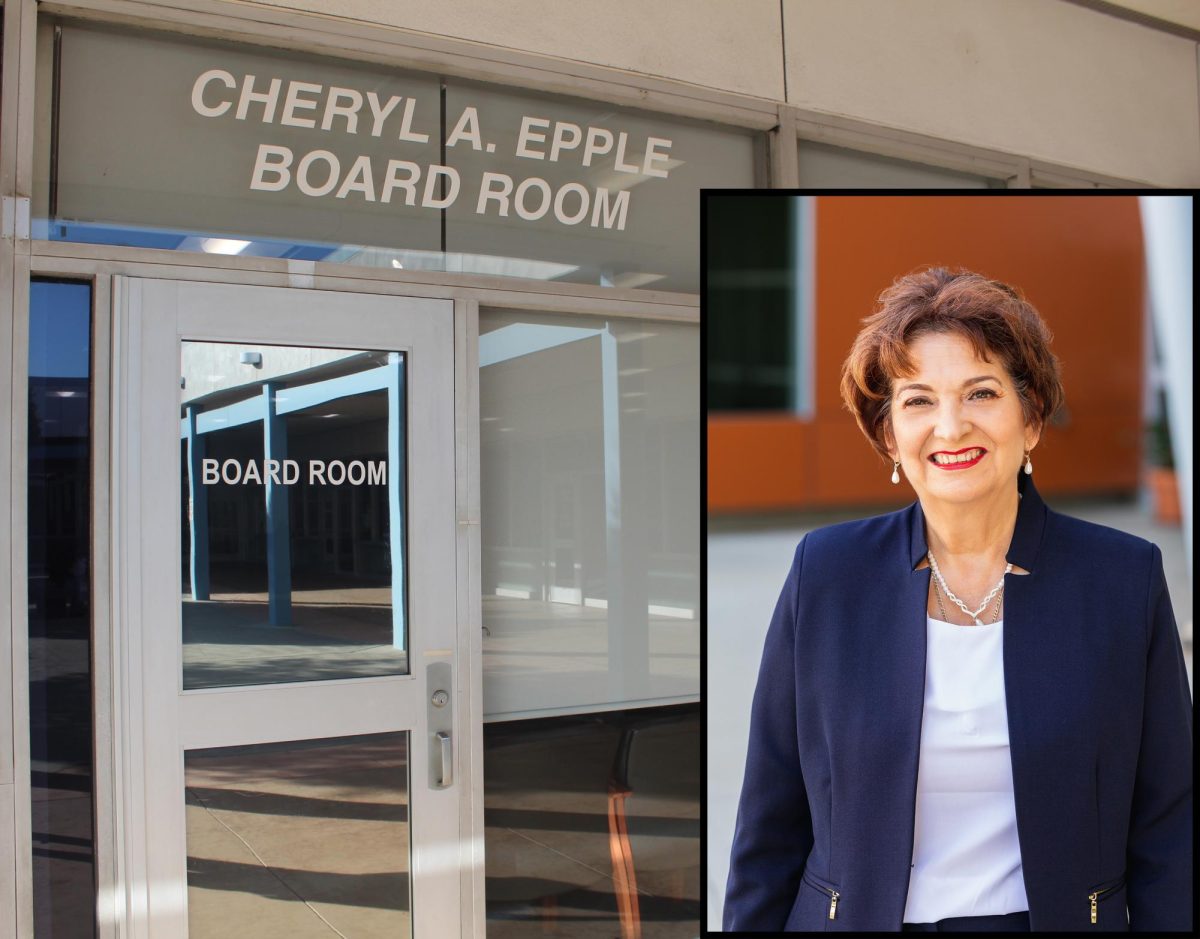University recruiter Robin Johnson gave her all, in a veterinarian program presentation, despite poor attendance.
Project HOPE and Western University of Health Science held a program presentation geared towards aspiring veterinarians.
“We have over 100 presentations at undergrad schools and high schools across the nation, and sometimes in Canada,” Johnson said.
The presentation was held in the Science Building in room 102, with only one person in attendance.
The student in attendance provided enough interest for the presentation to go on.
Biology major Andrea Rojas said,”I heard about the presentation through an email I received through Project H.O.P.E.”
Johnson began the presentation providing general information about the College of Veterinary Medicine.
The school in Pomona has about 37,000 students, in about 21 programs and is a private, non-profit campus.
The Western University schools have over 100 clubs for students, with the veterinary college having a surgery club and research club.
The clubs promote and provide learning experiences for students to gain skills that are beneficial for their career paths.
Johnson continued on with school life as she went on to explain the housing possibilities for students that live far away.
The school has housing with studio, one and two bedroom apartments for anyone who needs it.
The school does keep students busy however, as the schedule requires 35-40 hours of a student’s time.
The benefit of a busy schedule is that students won’t be stuck in lecture classes all the time, but they will be spread out with labs.
Labs include working with stuffed and deceased animals.
The school however does not harm any animals and work on animals that have been donated.
“There was a case where a dog got bone cancer, after it passed, the body was donated and the students got to experiment with it, after they were done, the students were able to send the remains back to the owner in a nice box and memorial,” said Johnson.
Students also get to do rotations and travel nationally or internationally to work on animals in farms and other animal environments.
Before students get to go out in the field, they get to practice with stuffed animals and get hands on experience.
The presentation ended with Johnson explaining prerequisite requirements, including having a 3.4 GPA and a minimum of 500hrs working with animals.
The sole audience member Rojas said,”I grew up liking animals and I’ve always been interested in them.”










